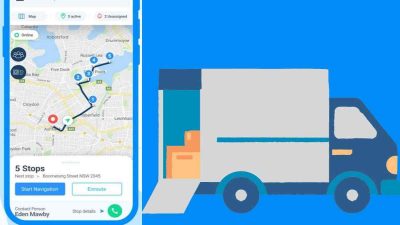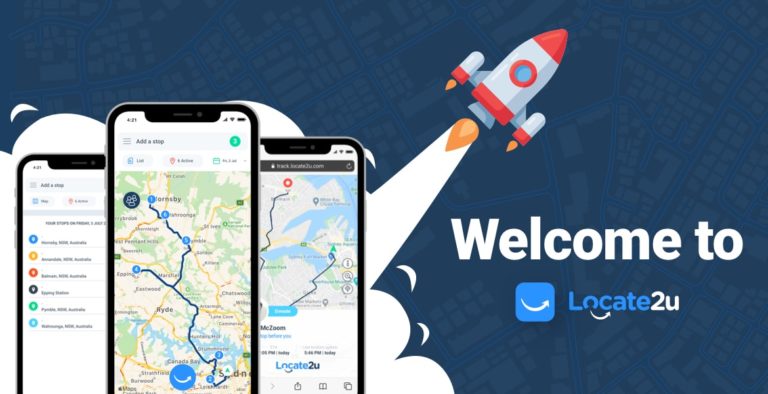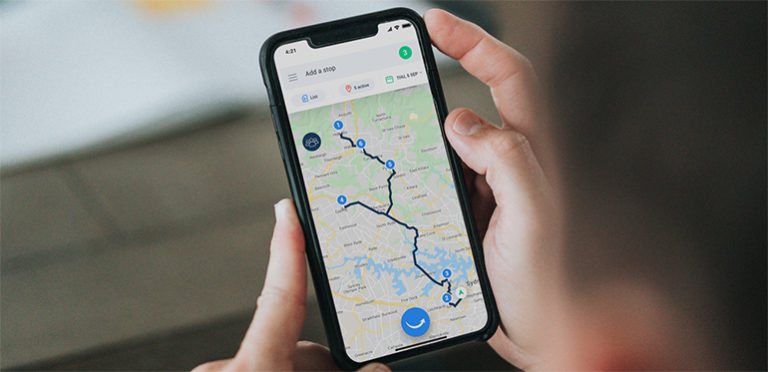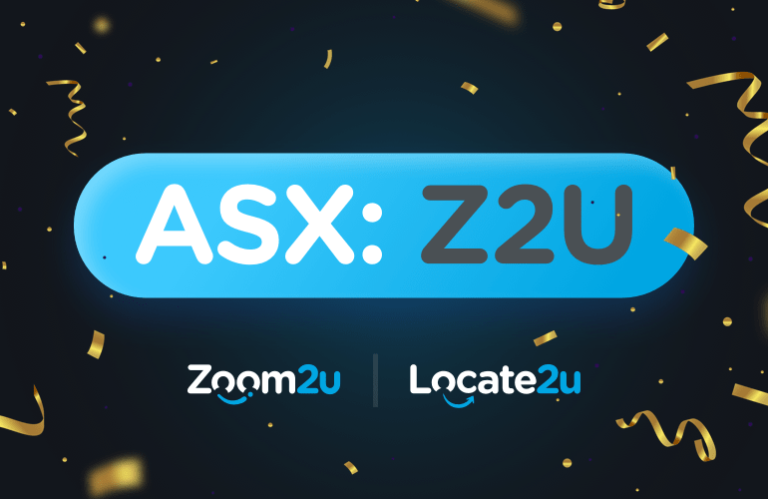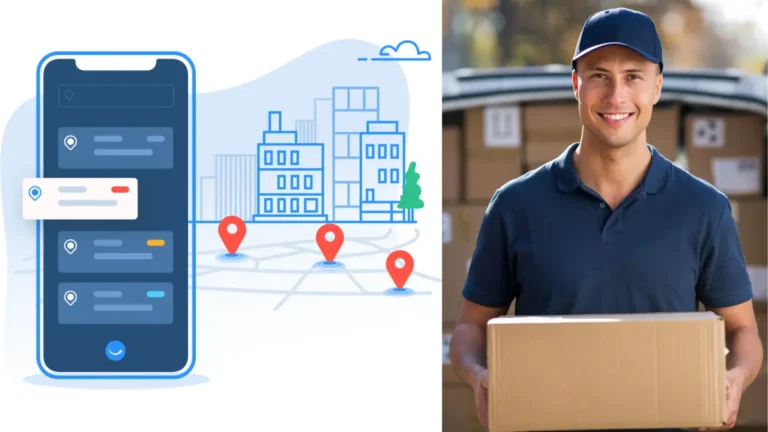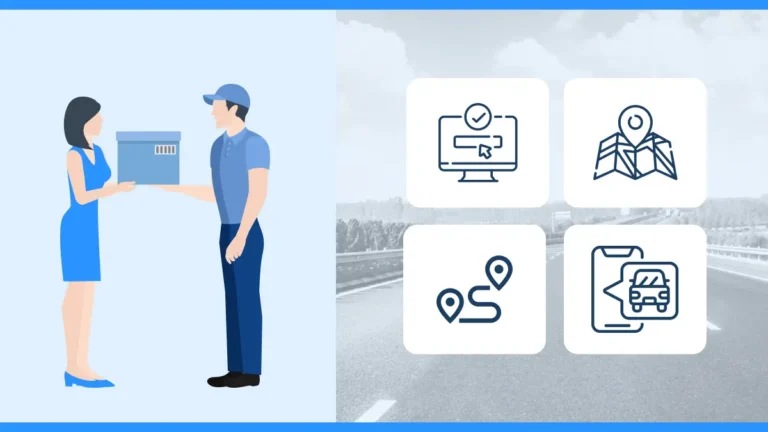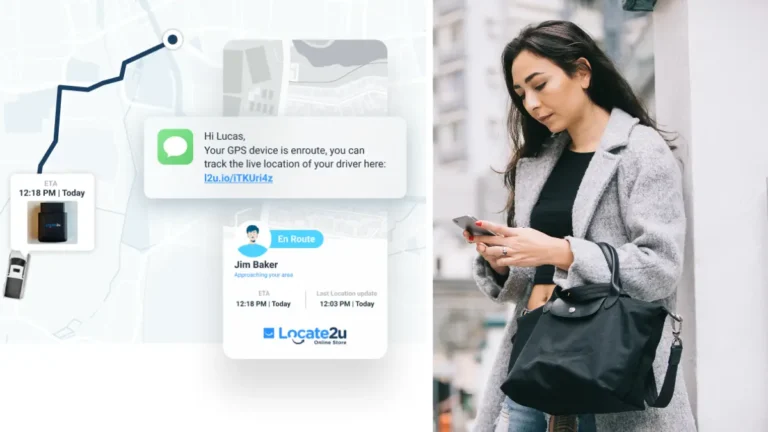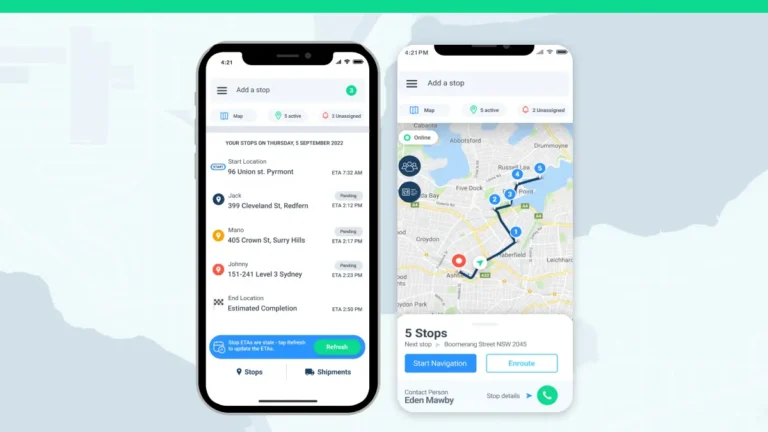How many deliveries are lost to bad routes? Route planning is more than just taking you from the warehouse to the delivery address.
It’s a balance between efficiency, cost control, and keeping customers happy.
Not all route planners offer the same software, and not all software is of the same quality and accuracy.
The right software is supposed to anticipate delays and adapt your routes in real time while ensuring customers and the office are well kept in the loop.
There are plenty of businesses struggling with inefficiencies that could easily be avoided with the right tools.
Here’s an easy-to-follow checklist of ten software options that can make your route planning a breeze.
Route Planning Software for Productivity
1. Route Optimization Software
Every minute a driver spends on an inefficient route adds to fuel costs, delays, and frustrated customers.
Route optimization software removes these inefficiencies by considering the weather conditions, delivery priorities, and the quickest route while also considering multiple stops along the way.
It doesn’t take Google Maps and determine the shortest path from point A to point B, but it considers all the elements and determines the best route.
This means if there is a new order that’s added for same-day delivery, route optimization can adjust the multiple routes and still act as an informed route planner.
Here are some of the benefits of route optimization that make route planning better.
- It reduces fuel expenses. Taking the shortest and fastest route impacts fuel costs.
- Say goodbye to late deliveries. It considers real-time traffic conditions before a driver heads out on the affected journey.
- As a result, you can add multiple locations to your driver’s daily trips and improve fleet productivity.
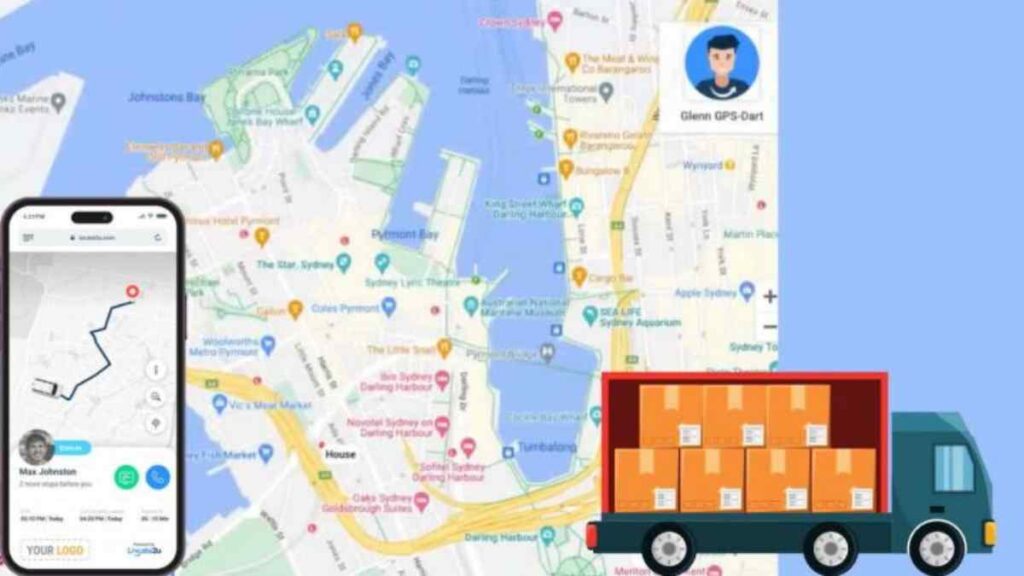
2. Real-Time GPS Software
Imagine a driver going off course while he explores a new scenic route or getting stuck behind a van in a parking area. Real-time GPS tracking helps fleet managers instantly see drivers’ locations.
It helps managers to make instant, informed decisions that won’t result in delayed deliveries and unsatisfied customers.
A route plan platform needs GPS features to allow customers to follow orders in real-time and reduce all those support calls that can drive the phone operators crazy.
Real-time GPS software also gives insight into how the driver behaves on the road, including unauthorized stops.
3. Proof of Delivery (PoD) Software
Without proof of delivery (PoD), there is no evidence to verify whether a parcel has been handed over or a service has been completed. Without a PoD digital document, you can plan as many routes as you want, but if there is a dispute, you are in trouble.
Lost packages, missing signatures, and customer disputes can create a nightmare of refunds and reputation damage.
Proof of delivery software enables drivers to take a photo of the delivery or service completed, timestamps of arrival, job completed, and, at the end, a signature.
4. Driver App Software
Having the right software to get to your stops fast, take the right PoD, and track the orders is great, but a route planner is kind of worthless if a driver doesn’t know how to use it.
So, a good driver app is important, and it must be user-friendly.
Here’s how you know whether it’s a good driver app:
- It provides calculated routes with directions to navigate through any area.
- It automatically updates when a job is completed and is all set to navigate to multiple stops.
- There should be a communication platform with the dispatch offers.
- It needs to have an easy-to-understand and use PoD software.
Read more about a driver app: Here are six affordable delivery driver apps in 2025
Software That Makes Route Planning a Breeze for Managers
5. Delivery Scheduling Software
Not all parcels need to be delivered as the order gets processed. Some have high priority with same-day delivery requests; others are scheduled for the weekend or within a customer’s preferred time window.
That’s why delivery scheduling software is important, as it automates this process. It takes the priority of each order into account, as well as the vehicle capacity.
A smart route planner has this software to make it easier for managers to handle the influx of orders.
6. Fleet Management Software
Without fleet management software, you can optimize routes blindly. Putting more strain on a vehicle that needs to go in for maintenance can cost you dearly. You don’t know if your drivers are misusing the vehicles, costing you time and money.
Fleet management software tells you when your vehicles need to be serviced when the drivers are breaking too hard or idling when they are not supposed to.
Software like this helps to maintain the good health of your vehicle, which reduces the risk of breakdowns.
Here’s how fleet management software can boost your fuel efficiency
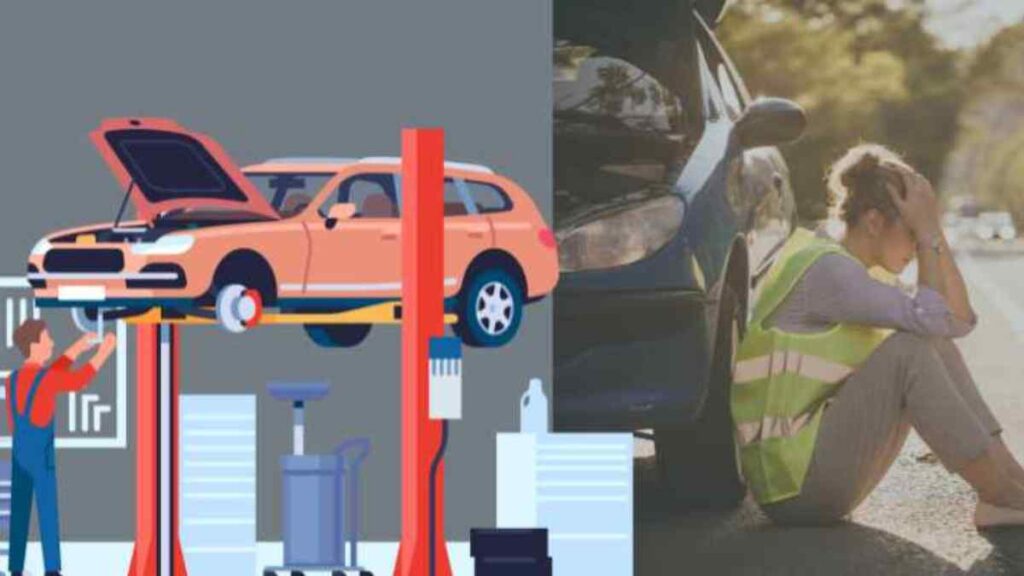
7. Automated Dispatch Software
Automated dispatching software assigns deliveries to drivers based on location, workload, and availability, ensuring optimal fleet utilization.
It’s an important part of a route planner to reduce manual workload on dispatchers. It also ensures that drivers are assigned the most efficient deliveries.
If one driver’s truck has a better capacity to handle heavy equipment, the software can take that into consideration.
Final Thoughts: Which Route Planning Software Do You Need?
So, the real question is: Which tools will make the most significant difference for you?
Maybe you need better driver visibility, or your drivers need software to make them more productive during their shifts. Perhaps it’s time to automate dispatching and scheduling.
Whatever it is, one thing is clear—manual route planning is a thing of the past, and businesses that embrace smarter solutions are the ones that will thrive.
About the author
Mia is a multi-award-winning journalist. She has more than 14 years of experience in mainstream media. She's covered many historic moments that happened in Africa and internationally. She has a strong focus on human interest stories, to bring her readers and viewers closer to the topics at hand.


